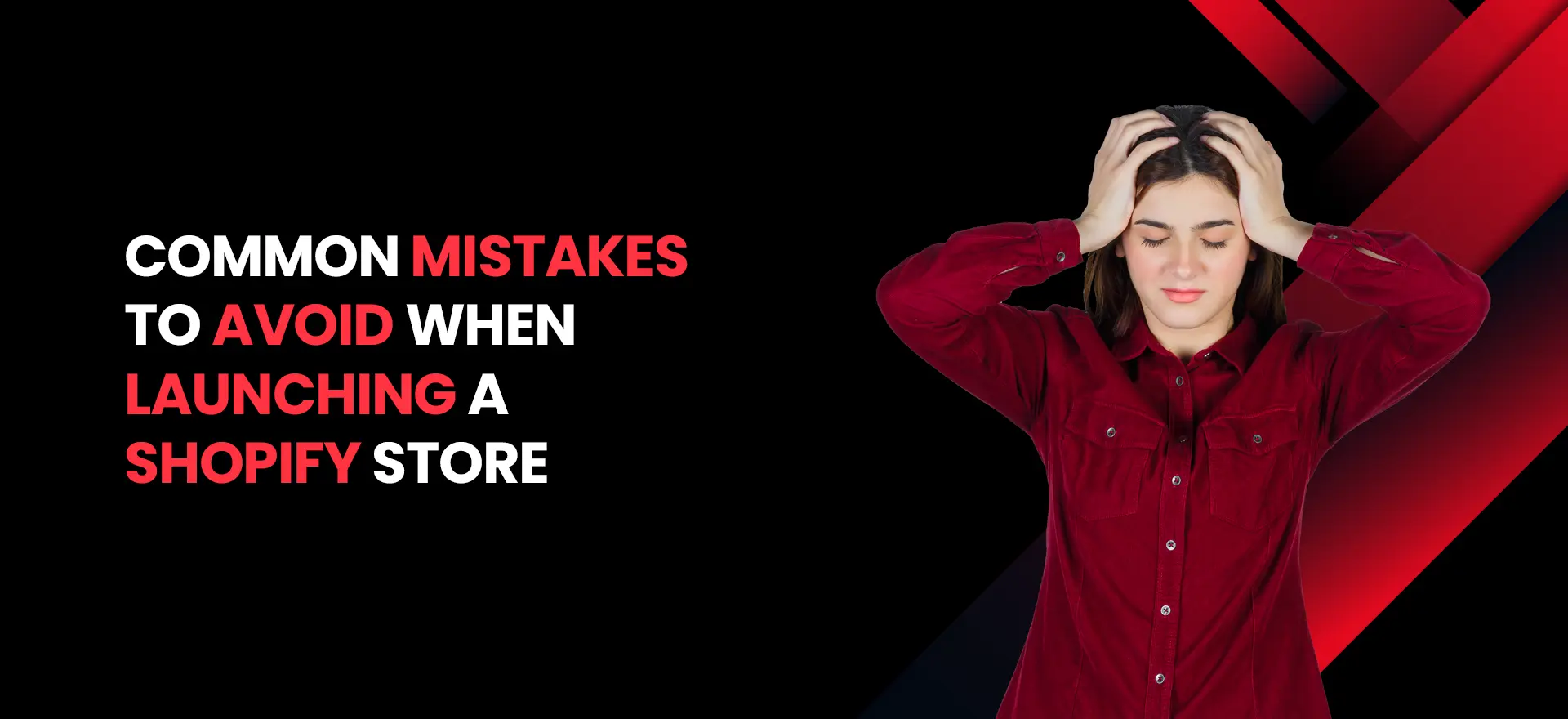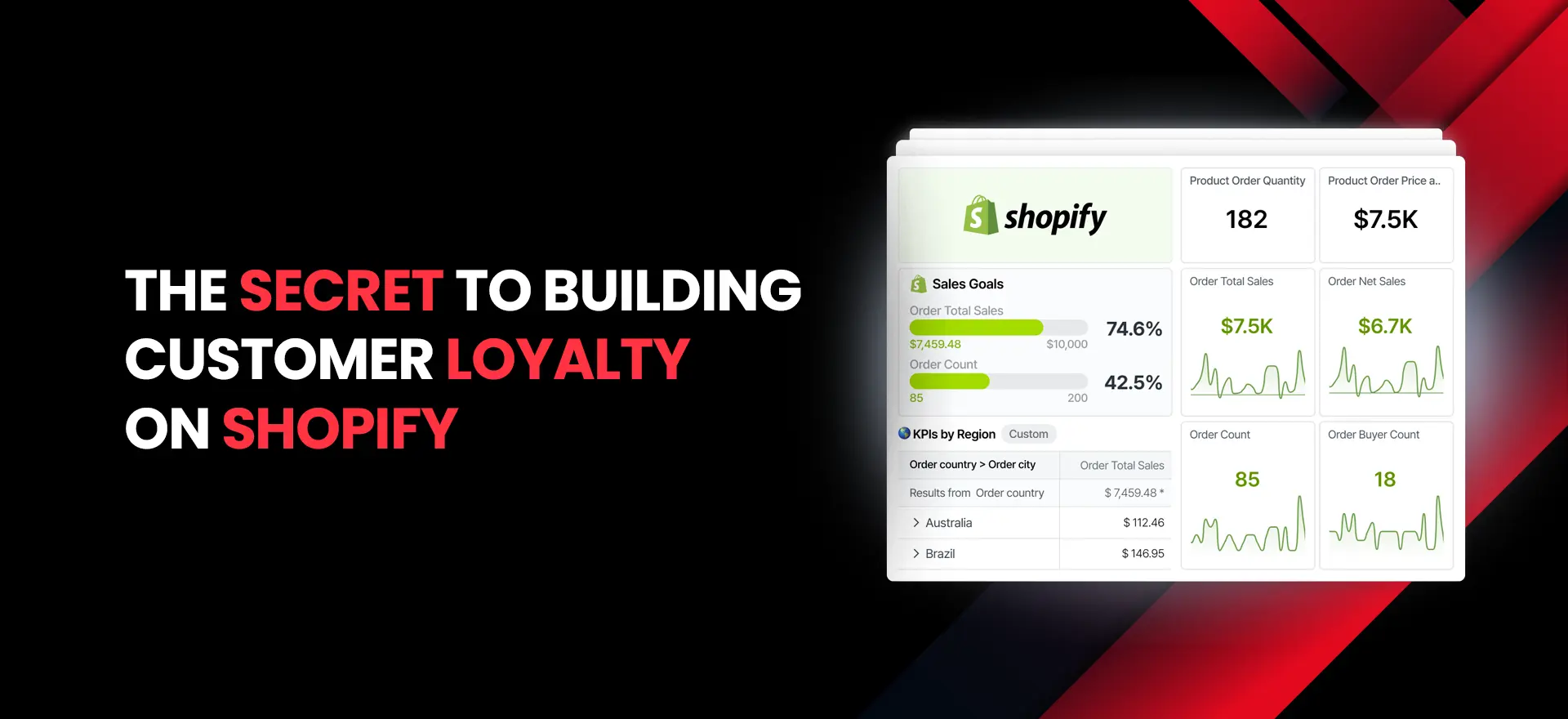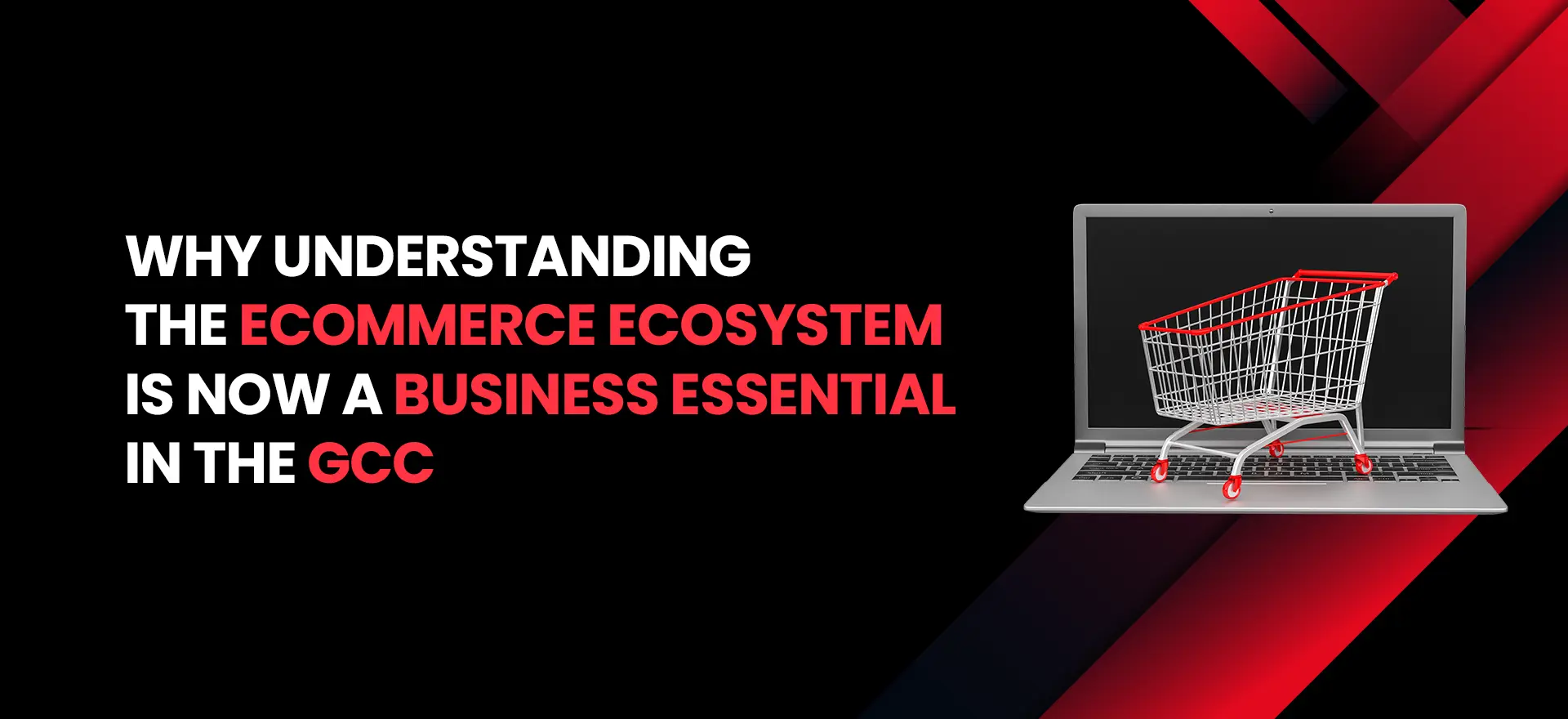Launching a Shopify store in 2025? Shopify had around 4 million users in 2022 which grew to more than 4.9 million users in 2023, making the platform one of the biggest ecommerce places in the world. Imagine spending all the time and effort to launch and develop your Shopify store website or an app where there are millions of stores already. Sounds overwhelming, right?
Many brands try to focus on the wrong things and jump to launch the Shopify store without getting into the intricacies of launching a successful business. Here are a few Shopify mistakes to avoid if you want to succeed in the cut-throat competition.
Top 6 Common Mistakes You Should Avoid Before Launching Your Shopify Store
Running a Shopify store could be a daunting task if you perform these Shopify store setup mistakes. Let’s see what are the mistakes that can hinder your success — and if you avoid it you can be one of the most successful stores on Shopify.
-
Not Making A Solid Business Plan And Know Your Audience
Everyone needs a business plan in order to succeed. A good business plan has a definite goal and a detailed guide to craft a compelling market strategy. Many ecommerce store owners assume that you only need to sign up for the Shopify store and your business will boom out of nowhere.
You need a business plan, including a proper product sourcing strategy to logistics and even a proper business model. If you do not create any business plan and run like a headless chicken, chances are your business will end up in the sea drowning with countless other chickens without any clear vision.
Once you develop a business plan, the next most important step is to know the target market. Identifying your target customers is crucial as they are at the very heart of your marketing strategy and advertising efforts. To do that, you need to properly understand the age, gender, demographics, and other essential data to determine your target audience’s shopping journey.
-
Not Checking Whether Your Business Idea Is Valid Or Not
Before you jump into the sea of ecommerce businesses, you have to understand whether what you are trying to sell is relevant or valid or not. The product and niche should be profitable — and there must be an existing demand of the product in the market.
To build a successful ecommerce business, you need to conduct proper market research. Before you do anything, you need to check the SEO ranking of the similar products and businesses. There should be a good amount of traffic on each keyword and a healthy competition should exist.
Another thing you can check is whether the niche is getting proper coverage or not. To validate your business idea, you also need social proof and optimum engagement level within a particular niche. You can also use generative AI tools such as Perplexity AI, ChatGPT, or DeepSeek to analyze the data you have gathered and assess if the niche is good and you can capitalize on it.
-
Not Investing Much In The Product Or Niche Research
Product research has got to be the most important part of launching a business, specifically a Shopify store. You would want to sell anything no one wants to purchase.
Product research is crucial because it validates the demand, ensuring that there is a “real” market and need for your product amongst the customers. It also prevents you from investing in a business plan that is doomed for failure. For example, if you start selling an outdated DVD player with no demand, your business will not succeed because the product is not relevant anymore.
A wrong product puts your business at risk. If you conduct research there are less chances of you facing a costly product failure by testing ideas and gathering feedback before you launch a product on a larger scale.
There is another reason why customer preferences and pain points can help you a lot — it allows you to develop a product that meets your customer’s needs and stands out in the market.
Lastly, it helps in identifying potential problems, adding missing features which customers’ would have wanted, and refine the product according to the market demands.
-
Not Developing A Cohesive Marketing Strategy
Aside from a proper business plan, your Shopify store also needs a proper marketing plan. You can spend a limited amount of time and money on marketing if you are a small business owner, so you have to allocate the resources very smartly.
Without a marketing plan, it gets difficult to survive in the market as you have no idea what your target audience needs and how you can position yourself as the “superman” of the products. You have to have a good marketing strategy, with a focus on social media and SEO. You can also try your luck with paid marketing as organic marketing could be time-consuming and requires a lot of trial and error to find what works best for your business.
Dividing your campaign between paid and organic marketing is the key to success. You can try to boost your Shopify store through PPC — but you also need some time to learn the SEO practices to balance your content marketing strategy.
For example, you can focus on building your website with proper blog posts and use the benefits of a particular product to educate your customers. This will serve two purposes — build trust among your customers and also build website traffic as well as authority.
-
Not Focusing On The Shopify Store Design
Choosing a lousy website design can ruin your business in unimaginable ways. No matter how much time and resources you have invested in the business plan, product research, and marketing plans — if your store looks unwelcoming, you will repel your customers.
When you are developing your website, you need to focus on creating a design that aligns with your brand identity and resonates with your target audience. Small business owners have limited budgets, so spend it wisely. Shopify offers extensive paid as well as free themes that can help you customize your store design without spending too much.
Shopify has easy controls which allows you to drag and drop elements to customize your website look. The way you can make your website unique and optimize the content properly according to your requirements.
You also need to invest largely in visual elements, specifically the product photography and showcase your products on the page with high-quality images.
-
Not Focusing On Improving The User Experience
User experience has got to be one of the most underrated yet revenue-driving features of a Shopify store. If your user experience sucks and your store is slow, your customer will leave your page or worse — abandon the cart.
Expert marketers recommend working with an experienced UX designer to build a store with intuitive use and excellent functionality. If you cannot afford one, you can just think of the colors and layout — and remember everything should make sense.
Run Your Shopify Store With Authenticity
The most important part of running a store is to build an audience. Your audience is most likely attracted to your brand vision only if your brand has authenticity. To avoid the pitfalls that cause many small businesses at Shopify to fail, you can hire a marketing agency that knows Shopify through and through or learn about the platform from scratch.
So many businesses fail due to lack of clear business strategy and poor marketing. It is important to focus on product strategy and also choose the right products along with improving the customer experience to get traffic, build trust, and generate higher revenue.



